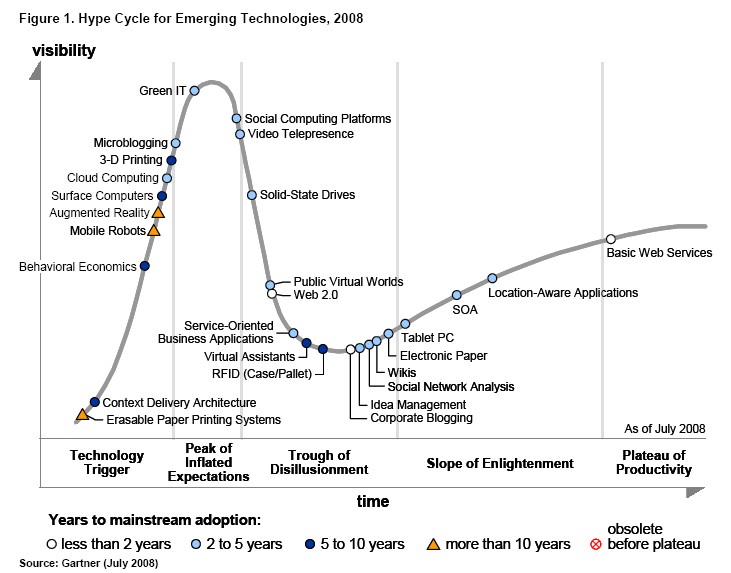… in the form of studies, ebooks and research reports, like this one: Daniela Barbosa (from Dow Jones) published an ebook about folksonomies and taxonomies. See this for a stylish interpretation of “research report”, like it a lot.
Via Ed Brill I found this IBM Lotus “Collaboration without boundaries” whitepaper (pdf), from the intro:
Introduction: the who, what, why of collaboration
[…] exclusivity, hierarchy and solitude are already being replaced by radically different ways of collaborative working. The signs are unmistakable. People increasingly work in places other than their offices — and on teams that draw expertise from virtually anywhere in the world.
[…] Today, collaboration is the name of the game.
In today’s competitive environment, sharing information and expertise
can be critical in driving both individual and organizational success.
[…] How does collaboration yield results? By fostering innovation. In fact, true innovation is virtually impossible without collaboration. And innovation is indispensable to success. Business leaders recognize this.
They’re referring to IBM’s recent CEO study too, where “more than three quarters of the 765 chief executive officers queried cited collaboration and partnering as very important to their innovation efforts”. Now, we might see this also from a business model innovation perspective: When some talented people with lightweight technologies may disrupt your business model, it makes sense to attract and integrate them early on. BTW, this study is now available in German too (IBM, Global CEO Study, Juli 2008, Executive Summary (PDF, 91KB), mit “Registrierung für den Download der vollständigen Studie“. Nice visualizations too, but not as nice as Daniela’s.
Then, there’s another one from IBM (“IBM and Employee-Centered
Social Media: The Corporate Newsletter goes Social“) on their internal experiences with social software for collaboration and communication (found via Robert).
Need even more insights? Try Social Media – Introduction to the Tools and Processes of Participatory Economy (pdf) by Katri Lietsala & Esa Sirkkunen for an overview of social media (found this via Hugo E. Martin). This is an ebook under CC license published in the Hypermedia Laboratory Net Series by Tampere University Press. I was charmed by the fact that there’s a chapter on Open innovation, idea management and “new R&D” too, i.e. customers participating, intermediaries and innovation markets et al. Needless to say taht both CrowdSpirit and FellowForce are mentioned.

